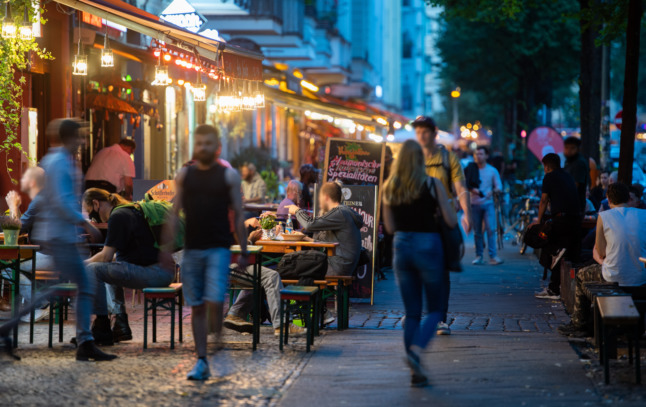The figure, published by national infectious disease agency State Serum Institute (SSI) is 8 higher than Tuesday’s total of 3,899.
Denmark’s booster vaccination programme against the virus is progressing, meanwhile, with the number of revaccinated people reaching 500,000 on Wednesday.
“We are continuing our efforts and yesterday alone 97,222 people booked an appointment for vaccinations including first, second doses and revaccination,” health minister Magnus Heunicke wrote on Twitter.
During the last week, 5,456 children aged 6-11 years have tested positive for the coronavirus. Denmark offers vaccinations to people aged 12 years and over.
A total of 89 children have been admitted to hospital in Denmark with Covid-19 throughout the pandemic.
“When we see so much spread of infection amongst children, as we are doing now, we can risk getting some of the very rare serious cases in children,” said Christian Morberg Wejse, professor at Aarhus University’s Department of Public Health.
Although serious illness with Covid-19 in children is rare, a very high number of cases increases the likelihood of rare instances, Wejse said.
A total of 347 people are currently admitted to hospitals nationally with Covid-19.
That is some way short of the peak in late 2020 and January this year, when the number of hospitalised patients exceeded 900.
But the current figure nevertheless constitutes a “significant strain on the health system”.
However, many hospitalised patients are among those who have been vaccinated against the virus, meaning they “typically have a very mild illness and are hospitalised short-term,” he noted.
The current high level of infections should be distinguished from the more moderate level of covid sickness compared to earlier waves, the professor argued.
“That is thanks to the vaccines to a great degree,” he said.
READ ALSO: How many ‘breakthrough’ Covid-19 infections are there in Denmark?




 Please whitelist us to continue reading.
Please whitelist us to continue reading.
Member comments